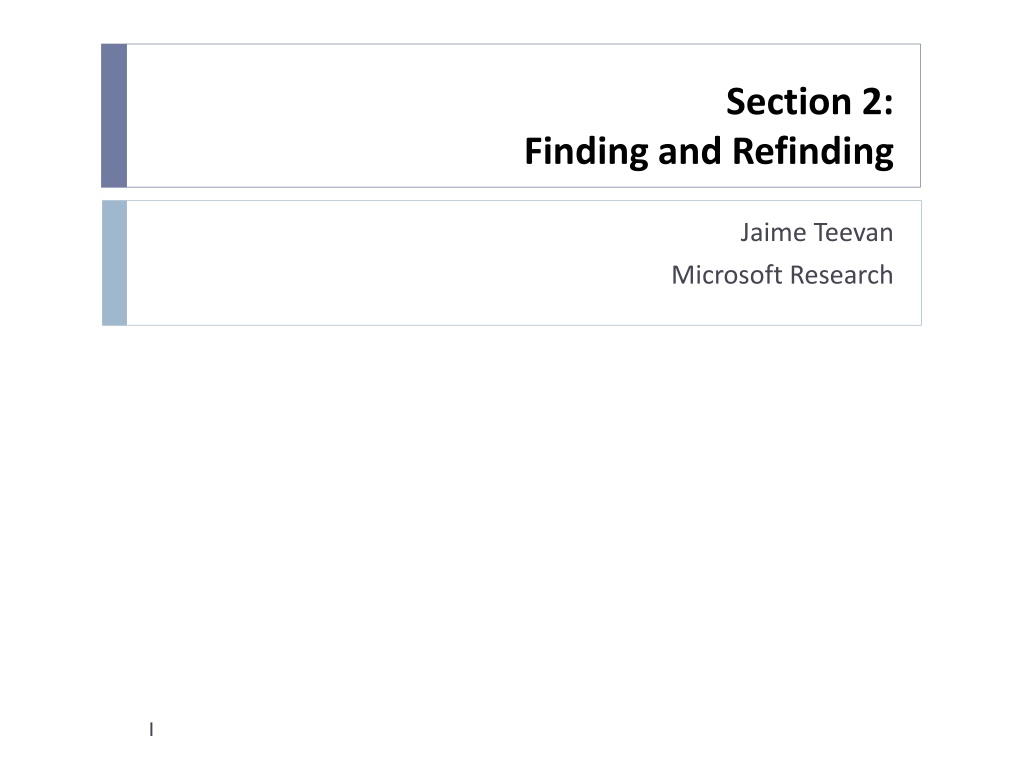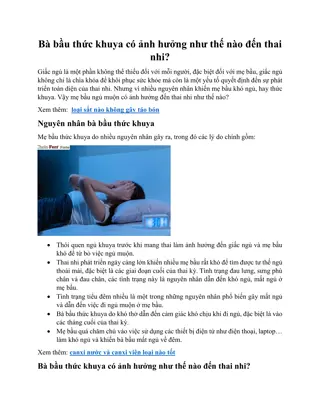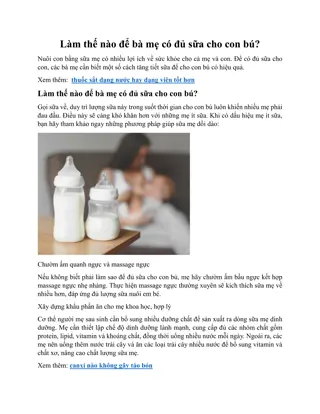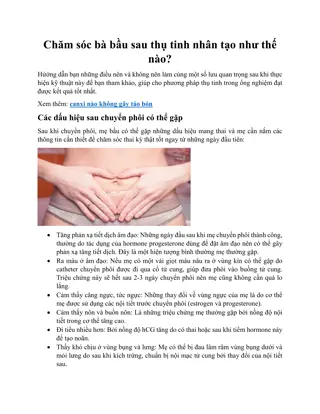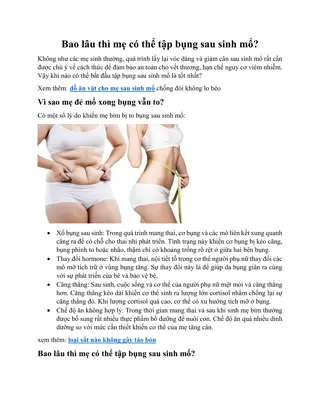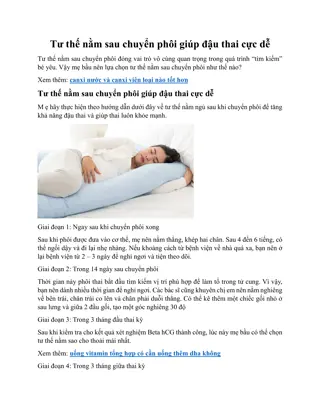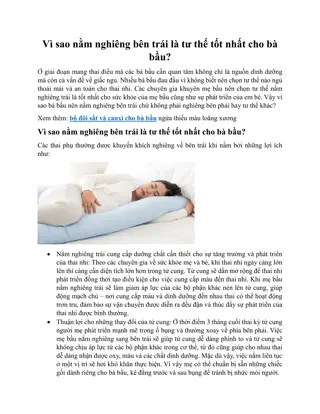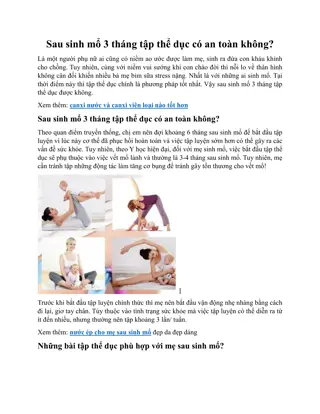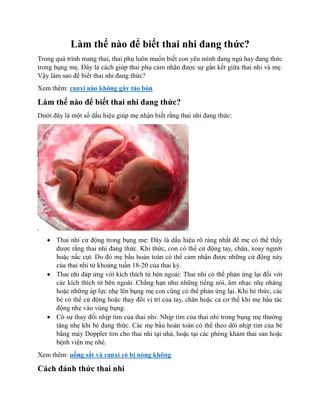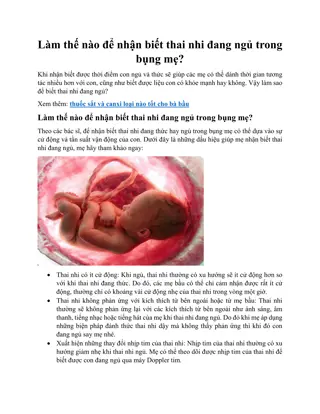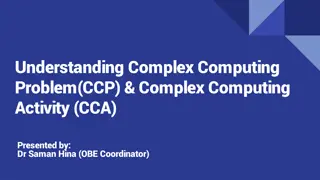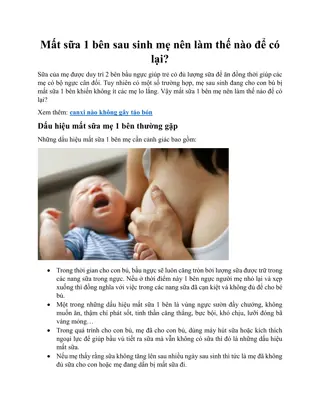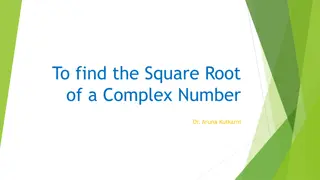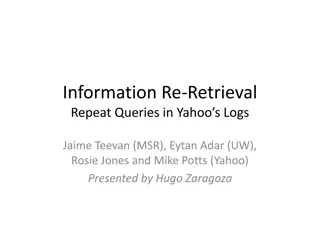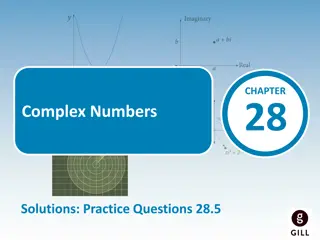Understanding the Complex Process of Finding and Refinding Information Online
Jaime Teevan, a researcher at Microsoft, explores the intricate process of finding and refinding information online. She delves into how people navigate search results, return to previous queries, and refind content. Discover insights on search behavior, session patterns, and the reasons behind revisiting previous results. Teevan emphasizes the importance of refinding in the online information retrieval journey.
Download Presentation

Please find below an Image/Link to download the presentation.
The content on the website is provided AS IS for your information and personal use only. It may not be sold, licensed, or shared on other websites without obtaining consent from the author. Download presentation by click this link. If you encounter any issues during the download, it is possible that the publisher has removed the file from their server.
E N D
Presentation Transcript
Section 2: Finding and Refinding Jaime Teevan Microsoft Research 1
Introduction: Jaime Teevan Affiliations Researcher at Microsoft Affiliate professor at the University of Washington Ph.D. from MIT Research interests Personalized search Past search behavior Social and temporal context Personal info management Selfsourcing
Finding Is a Complex, Multi-Stepped Process Typical query involves more than one click 59% of people return to the search page after their first click Clicked result often not the endpoint People orienteer from results using context as a guide Not all information needs can be expressed with current tools Recognition is easier than recall Typical search session involves more than one query 40% of sessions contain multiple queries ~50% of time spent in sessions of 30+ minutes Search tasks often involve more than one session 25% of queries are from multi-session tasks
Finding Often Involves Refinding Repeat query (33%) microsoft research Repeat click (39%) Repeat Click New Click research.microsoft.com Query msr Repeat Repeat Query Query 33% 33% 29% 4% Lots of repeats (43%) New Query Query New 67% 67% 10% 57% People also regularly return to previously viewed domains 39% 61%
Refinding to Return to a Previous Result 39% of queries involve a repeat click Over half appear navigational: Same query, same single click Searcher knows a lot of meta-information about target Refinding queries are better than the initial query Longer, more common, rank the URL higher, converge free music pandora pandora jobs monster jobs monster jobs People learn how to describe their target page Important aspects: People, path, time Within a search session, refinding often unintentional New query finds same page for re-evaluation
Reasons to Return to a Previous Result Refinding previous content Lots of revisitation on the web in general Via back button, tab completion, link following Search engines are used to revisit infrequently visited pages Refound webpages are more likely to be static Refinding a starting point The more similar the query, the more similar the trail Monitoring a site for new content May also monitor the search results of a query Example: Twitter queries
Design Implications: Help People Return At query time: Show past queries and clicks At result time Highlight past results Personalize ranking Visual representations
Refinding to Pick Up a Task Tasks extend over time Results found at the end of a session are likely to be refound Refinding clicks are likely to occur at the start of a session 10% of queries involve a repeat click and new click
Design Implications: Help People Pick Up Tasks Identify tasks when they are started Enable people to save what they found Support slow search Identify tasks when they are resumed Reinstantiate context
Refinding in the Face of Change Search result ordering changes Across search sessions Even within an individual query!
Change Can Cause Problems Example: Dynamic menus Put commonly used items at top Slows menu item access Does search result change likewise interfere with refinding?
Change Interferes with Refinding When search result ordering changes people are Less likely to click on a repeat result Slower to click on a repeat result when they do More likely to abandon their search Happens within a query and across sessions Even happens when the repeat result moves up! 9 Time to click S2 (secs) 5.5 Down Gone Stay Up 2 0 4 8 12 16 20 Time to click S1 (secs)
But Change Helps with Finding! Change to click NSAT SAT Unsatisfied initially 2.00 4.65 Up Gone > Down > Stay > Up 2.08 4.78 Stay Satisfied initially 2.20 4.75 Down Stay > Down > Up > Gone 2.31 4.61 Gone Changes around click Always benefit NSAT users Best below the click for satisfied users NSAT SAT Changes Changes Static Static 2.30 4.93 2.21 4.93 Above Above 2.09 4.79 1.99 4.61 Below Below
Summary of Design Implications Finding often involves refinding Help people return to a previous result Support the issuing of refinding queries Make it easy to identify previous results in a result list Help people pick up tasks Identify tasks when they are started Identify tasks when they are resumed Change interferes with refinding but helps with finding! Bias display of new content by searcher s experience
References General overview of finding and re-finding: Teevan, Capra, Perez-Qui ones. How people find personal information. In Personal Information Management, UW Press 2007. Cross-session search behavior Kotov, Bennett, White, Dumais, Teevan. Modeling and analysis of cross-session search tasks. SIGIR 2011. Dumais. Task-based search: A search engine perspective. http://bit.ly/15rK5tD Understanding refinding Teevan, Adar, Jones, Potts. Information re-retrieval: Repeat queries in Yahoo s logs. SIGIR 2007. Tyler, Teevan. Large scale query log analysis of re-finding. WSDM 2010. Adar, Teevan, Dumais. Large scale analysis of web revisitation patterns. CHI 2008. Supporting refinding Teevan, Cutrell, Fisher, Drucker, Ramos, Andre, Hu. Visual Snippets: Summarizing web pages for search and revisitation. CHI 2009. Teevan, Liebling, Geetha. Understanding personal navigation. WSDM 2011. The impact of change on refinding Teevan. How people recall, recognize and reuse search results. TOIS 2008. Teevan. The Re:Search Engine: Simultaneous support for finding and re-finding. UIST 2007. Lee, Teevan, de la Chica. Characterizing multi-click behavior and the risks and opportunities of changing results during use. SIGIR 2014.
